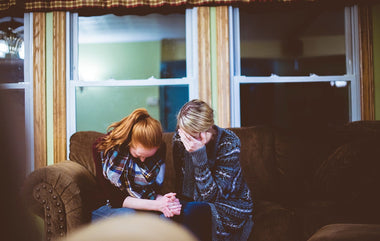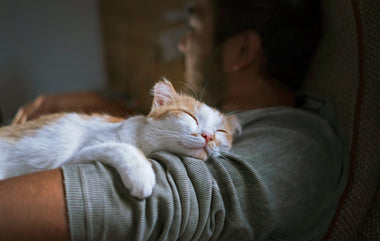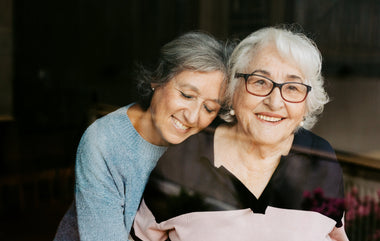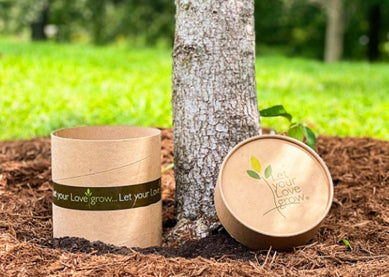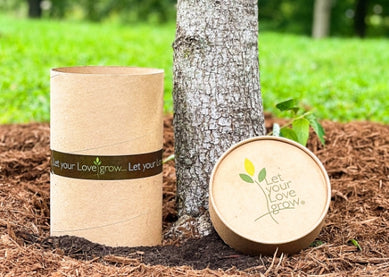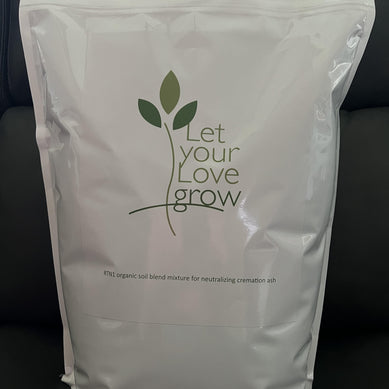To Live Is to Grieve: How We Carry That Weight
Grief has its own weight.
It settles into our chest, sweeps through us like waves as we move through the world, and becomes as familiar as our own heartbeat.
In the early days, we expect grief to take up space.
We know that grief, in its painful way, honors the magnitude of our loss.
Sometimes, a loss feels so great it seems we’ll stay in that deep pain forever.
Or that it will always define us – like Queen Victoria, who famously wore black for 40 years after the death of her beloved husband, Prince Albert.
She never emerged from mourning.
When is mourning right-sized?
Is there a point when we need help stepping forward, when grief no longer honors love but begins to drown the life still here?
Rituals That Hold Grief
Cultures answer this question in their own ways. But when they’re wise, they don’t try to fix grief; they honor it.
In James Joyce’s The Dead, a holiday gathering hums with music, food, and chatter.
But underneath the merriment is memory: of the dead, of grief folded into daily life.
The Irish wake mingles tears and whiskey, sorrow and laughter.
It says: We’ll bear this loss together.
There’s comfort in community. Healing can happen when we share food, drink, and tears with friends.
In Mexico’s Día de los Muertos, colorful altars bloom with marigolds and candles.
Families gather at graves to eat, drink, and remember their dead with food and dancing, bright colors, and song.
Graveyards become gathering places, where the living remember the dead.
In Buddhist traditions, monks chant for the dead to help them through the bardo — the in-between space.
The ritual reminds the living that nothing is permanent, no one is immortal.
In Jewish practice, mourning unfolds through time-marked stages, marking a wise and well-worn path:
Aninut guides mourners through the raw time between death and burial.
Then comes shiva – seven days of mourning at home, joined by friends who bring food, prayers, stories, and above all, their presence.
Next is shloshim — 30 days when mourners slowly return to work and daily life, still saying Kaddish, the mourners’ prayer. And still holding space for loss, supported by their community.
When a parent dies, children continue Kaddish through 11 months – not because grief has a timer, but because it deserves time.
Within the year after death, families typically gather again to unveil a grave marker and honor the life that shaped theirs.
None of these practices erases grief. But they each remind us that we’re not alone.
They help us sit with grief when we’re raw and walk through it when we’re able.
Making Room for Grief
What can we learn from these and other practices?
Our world has become hectic, life feels rushed, and there seems to be less time and opportunity for honoring the rituals of grief.
We’re told to “move on” – but not too fast.
We’re often expected to grieve privately, with little or no “bereavement leave” at our jobs and the unspoken assumption that we should not disrupt the flow of other busy lives.
We worry about being judged if we cry too long or if we laugh too soon.
And often, the harshest judgments come from inside:
If I stop hurting, does that mean I’ve stopped loving? If I laugh, have I betrayed their memory?
Here’s what the heart knows: The real work of grief isn’t to end it. It’s to let it wash over us without drowning us.
To let our hearts mend and embrace life again.
Grief moves in waves — shock, numbness, anger, sorrow, longing, and a reweaving of life around what’s missing.
It asks us to be honest: about what we’ve lost, and about the love we will always have.
Rituals help us through grief because they give shape to what feels shapeless.
They remind us that loss is human, that mourning belongs not only to the mourner but also to the community.
We Keep Showing Up for Life
We don’t outgrow grief. We live alongside it because love leaves an imprint.
We’re not here to avoid sorrow, but to love anyway – to ride the waves and keep showing up for life.
This is the bargain we make as mortals.
And it’s worth every aching breath.
What helps you carry grief?
What rituals or stories have helped you carry grief?
Was it a midnight toast at a wake? A table of marigolds and photos on Día de los Muertos? The sound of chanting, or a simple act — like lighting a candle, walking a familiar path, planting something that grows?
Written by Sara Engram




